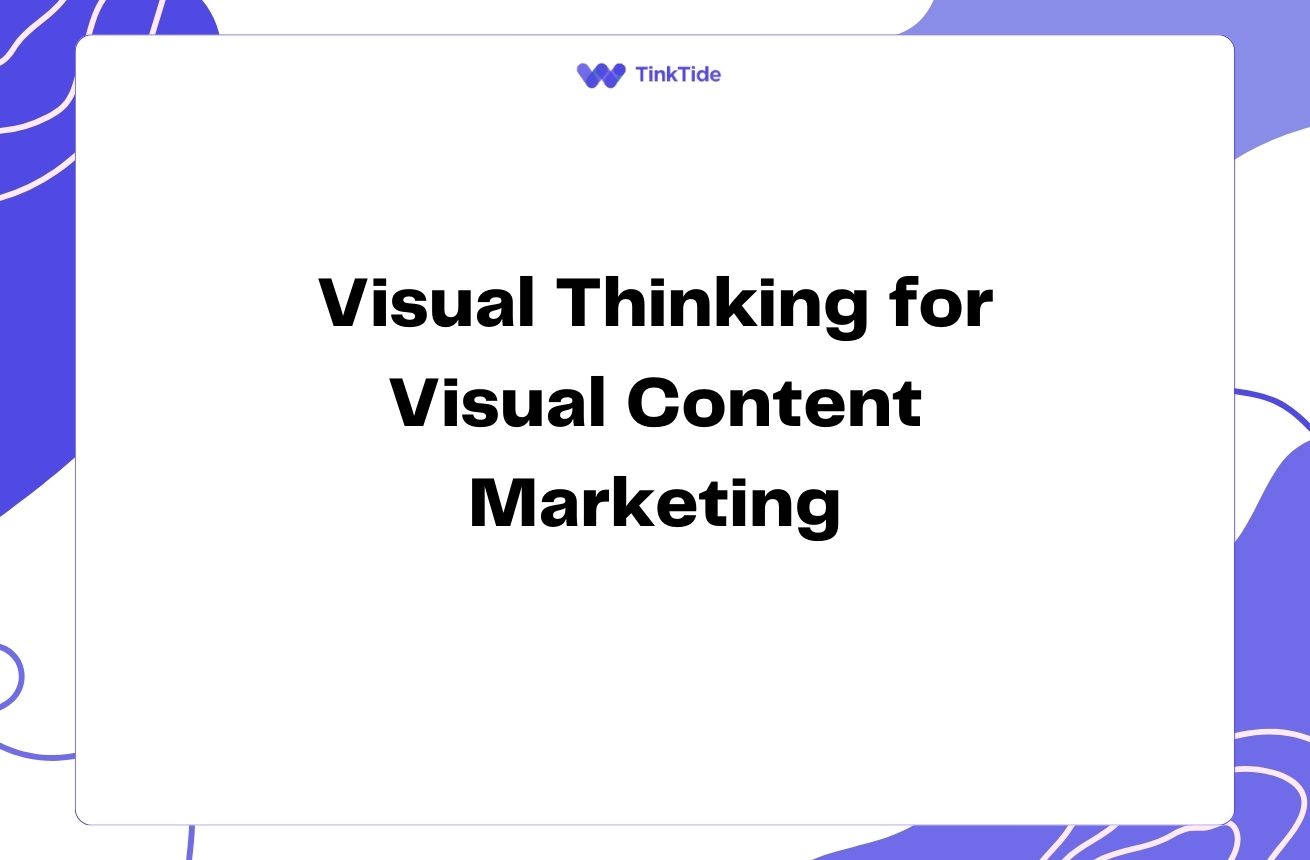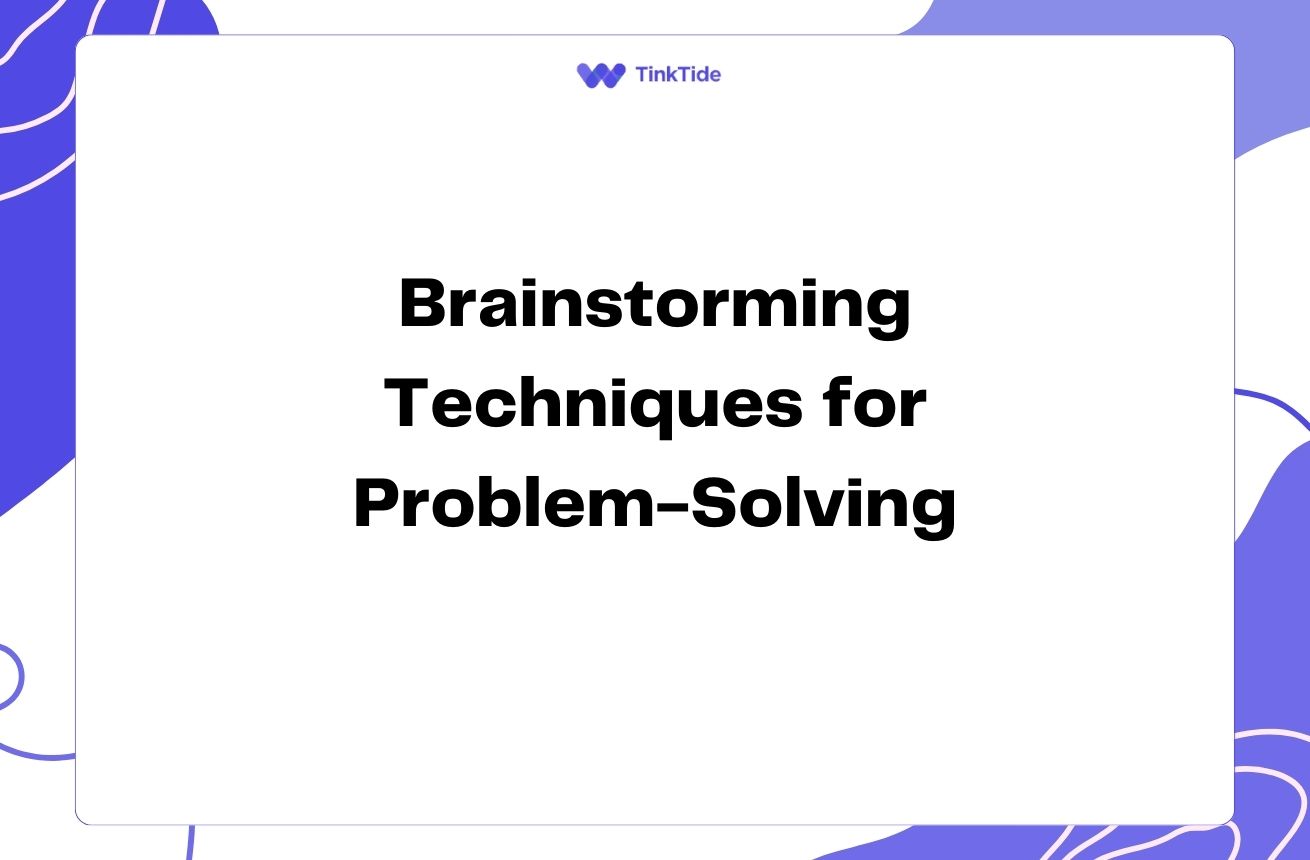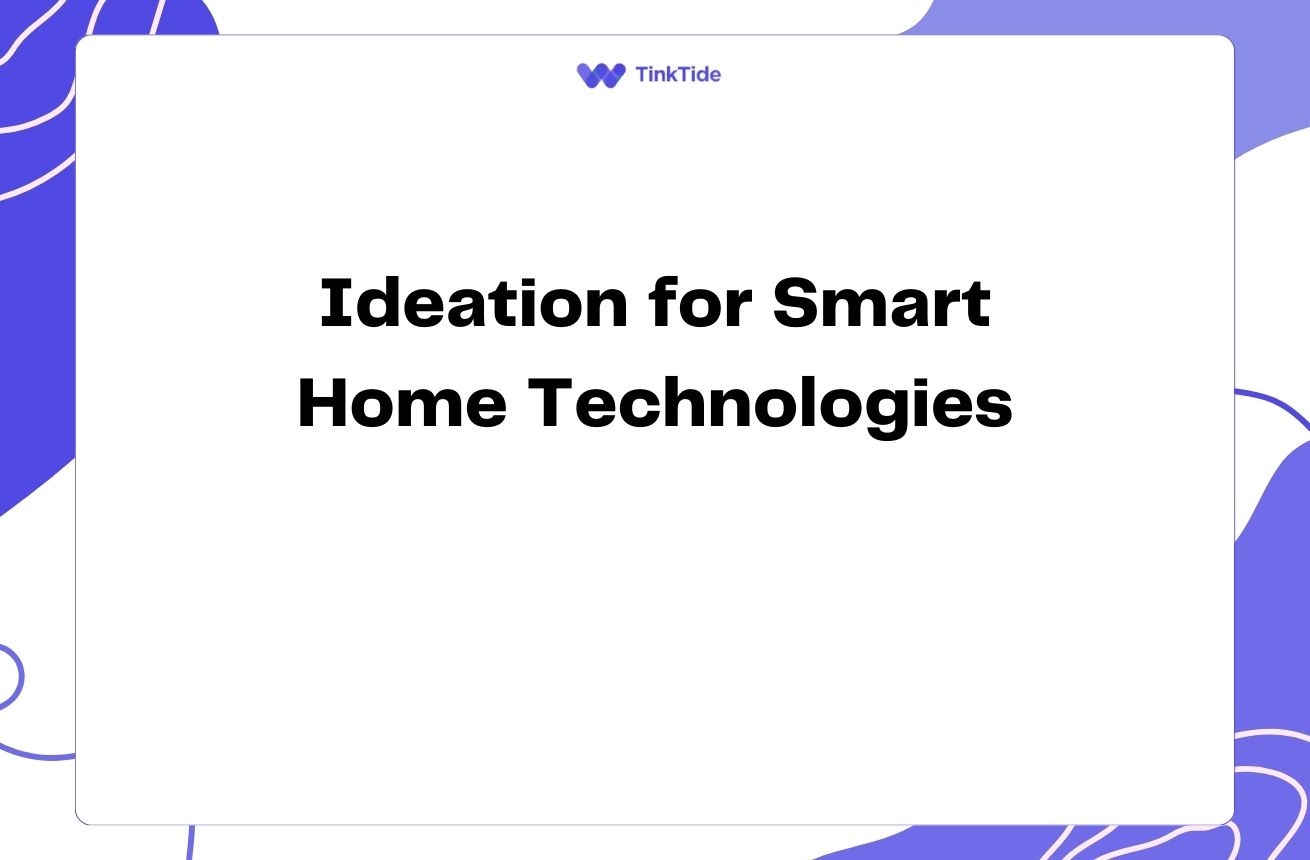AI-Powered Brainstorming: Blending Tech with Tradition
The Power of AI in Brainstorming
Artificial Intelligence (AI) has revolutionized many aspects of our lives, and brainstorming is no exception. By combining AI tools with conventional brainstorming techniques, you can supercharge your ideation process and unlock new levels of creativity.
AI-powered brainstorming tools, such as OpenAI's GPT models, can generate ideas at an unprecedented scale and speed. These tools can process vast amounts of information and provide unique perspectives that humans might overlook.
However, it's important to remember that AI is not meant to replace human creativity but to enhance it. The key lies in finding the right balance between AI-generated ideas and human intuition and experience.
Let's explore how you can effectively combine AI tools with traditional brainstorming methods to achieve optimal results in your creative process.
Traditional Brainstorming Techniques
Before we dive into the AI-enhanced methods, let's quickly review some conventional brainstorming techniques that have stood the test of time:
- Classic Brainstorming: A group technique for generating a large number of ideas quickly
- Brainwriting: Participants write down ideas individually before sharing
- Mind Mapping: Visual diagrams to explore connections between ideas
- Synectics: Using analogies and metaphors to generate new perspectives
Integrating AI into Your Brainstorming Process
Now, let's explore how you can integrate AI tools into these traditional methods to enhance your brainstorming sessions:
1. AI-Assisted Idea Generation: Use AI tools like Copy.ai or Jasper to generate initial ideas or expand on existing ones. These tools can provide a fresh perspective and help overcome creative blocks.
2. AI-Powered Research: Leverage AI-driven research tools like Elicit to quickly gather relevant information and insights on your topic. This can help inform your brainstorming session and provide a solid foundation for idea development.
3. AI-Enhanced Mind Mapping: Use AI-powered mind mapping tools like MindMeister or Ayoa to automatically suggest connections and associations between ideas, helping you explore new avenues of thought.
4. AI-Driven Idea Evaluation: Employ AI algorithms to analyze and rank ideas based on predefined criteria, helping you quickly identify the most promising concepts for further development.
Best Practices for AI-Enhanced Brainstorming
To get the most out of combining AI tools with conventional brainstorming techniques, consider these best practices:
1. Start with human ideas: Begin your brainstorming session with traditional methods to establish a foundation of human-generated ideas. This ensures that your unique insights and experiences are not overshadowed by AI-generated content.
2. Use AI as a springboard: Treat AI-generated ideas as starting points or inspiration rather than final solutions. Use them to spark new thoughts and directions in your human brainstorming process.
3. Maintain a critical perspective: Always evaluate AI-generated ideas through the lens of human experience and expertise. Not all AI suggestions will be practical or relevant, so use your judgment to filter and refine them.
4. Iterate between AI and human input: Create a feedback loop where human ideas inform AI prompts, and AI-generated content inspires further human ideation. This iterative process can lead to more innovative and well-rounded solutions.
Overcoming Challenges in AI-Enhanced Brainstorming
While combining AI tools with conventional brainstorming techniques can be powerful, it's not without challenges. Here are some common issues you might face and how to address them:
1. Over-reliance on AI: It's easy to become too dependent on AI-generated ideas. Combat this by setting a balance between AI and human input, such as a 50/50 split in idea generation.
2. Lack of context: AI tools may not always understand the full context of your problem. Provide clear, detailed prompts and refine AI-generated ideas based on your specific needs and constraints.
3. Bias in AI outputs: AI models can perpetuate biases present in their training data. Be aware of this and actively seek diverse perspectives in your brainstorming process.
4. Integration difficulties: Incorporating AI tools into existing brainstorming workflows can be challenging. Start small, experiment with different approaches, and gradually increase AI integration as you become more comfortable with the process.
Steps to Implement AI-Enhanced Brainstorming
Ready to supercharge your brainstorming sessions with AI? Follow these steps to get started:
- Step 1: Choose your AI tools (e.g., idea generators, research assistants, mind mapping software)
- Step 2: Define your brainstorming objectives and constraints
- Step 3: Begin with a traditional brainstorming session to generate initial ideas
- Step 4: Use AI tools to expand on human-generated ideas and suggest new directions
- Step 5: Evaluate and refine AI-generated ideas through human discussion and analysis
- Step 6: Iterate between AI and human input to develop and improve ideas
- Step 7: Select the most promising ideas for further development or implementation
Measuring the Impact of AI-Enhanced Brainstorming
To ensure that your AI-enhanced brainstorming efforts are truly effective, it's important to measure their impact. Here are some key metrics to consider:
1. Idea Quantity: Compare the number of ideas generated in AI-enhanced sessions versus traditional methods. AI tools should significantly increase your idea output.
2. Idea Quality: Assess the originality and feasibility of ideas produced through AI-enhanced brainstorming. Use a scoring system to evaluate ideas objectively.
3. Time Efficiency: Measure the time spent on brainstorming sessions and idea refinement. AI tools should help streamline the process and reduce overall time investment.
4. Implementation Success: Track the number of ideas that move from the brainstorming stage to actual implementation, and monitor their success rates.
Address common questions
Here are some frequently asked questions about combining AI tools with conventional brainstorming techniques:
Will AI replace human creativity in brainstorming?
No, AI is designed to enhance human creativity, not replace it. The most effective brainstorming sessions combine AI-generated ideas with human intuition, experience, and critical thinking.
How can I ensure AI-generated ideas are relevant to my specific problem?
Provide clear, detailed prompts to your AI tools and always evaluate AI-generated ideas in the context of your specific needs and constraints. Use human expertise to refine and adapt AI suggestions.
What if my team is resistant to using AI in brainstorming?
Introduce AI tools gradually and demonstrate their benefits through small-scale experiments. Emphasize that AI is a tool to enhance, not replace, human creativity. Provide training and support to help team members become comfortable with AI-enhanced brainstorming.
How can I maintain a human touch in AI-enhanced brainstorming?
Start and end your brainstorming sessions with human input. Use AI as a tool for idea expansion and exploration, but always filter and refine ideas through human discussion and analysis.
Are there any ethical concerns with using AI in brainstorming?
The main ethical concerns involve potential biases in AI outputs and over-reliance on AI. Address these by using AI responsibly, maintaining human oversight, and actively seeking diverse perspectives in your brainstorming process.
How often should I update my AI tools for brainstorming?
Stay informed about new developments in AI technology and regularly assess the performance of your current tools. Consider updating or switching tools annually or whenever significant advancements are made in AI-assisted ideation.
Provide additional resources
AI for Creativity and Innovation
A Coursera course on leveraging AI for creative processes
The Creative AI Newsletter
Stay updated on the latest AI tools and techniques for creative tasks
AI-Powered Brainstorming Tools
A comprehensive list of AI tools for enhancing your brainstorming sessions
The Future of AI in Creativity
Harvard Business Review article on AI's role in future creative processes
Ethical Considerations in AI-Assisted Creativity
World Economic Forum discussion on the ethical implications of AI in creative fields
Summarize key takeaways
Combining AI tools with conventional brainstorming techniques can significantly enhance your ideation process. By leveraging AI for idea generation, research, and analysis while maintaining human creativity and critical thinking, you can achieve more innovative and well-rounded solutions.
Remember to strike a balance between AI and human input, always evaluate AI-generated ideas in context, and use AI as a tool to augment, not replace, human creativity. With practice and experimentation, you'll find the perfect blend of AI and traditional methods that works best for your team and projects.
Start incorporating AI into your brainstorming sessions today and unlock new levels of creativity and innovation in your problem-solving efforts. The future of ideation is here – embrace it and stay ahead of the curve!
Supercharge Your Brainstorming with AI
Ready to revolutionize your ideation process? Try our AI-enhanced brainstorming platform today!
Start Your Free Trial

